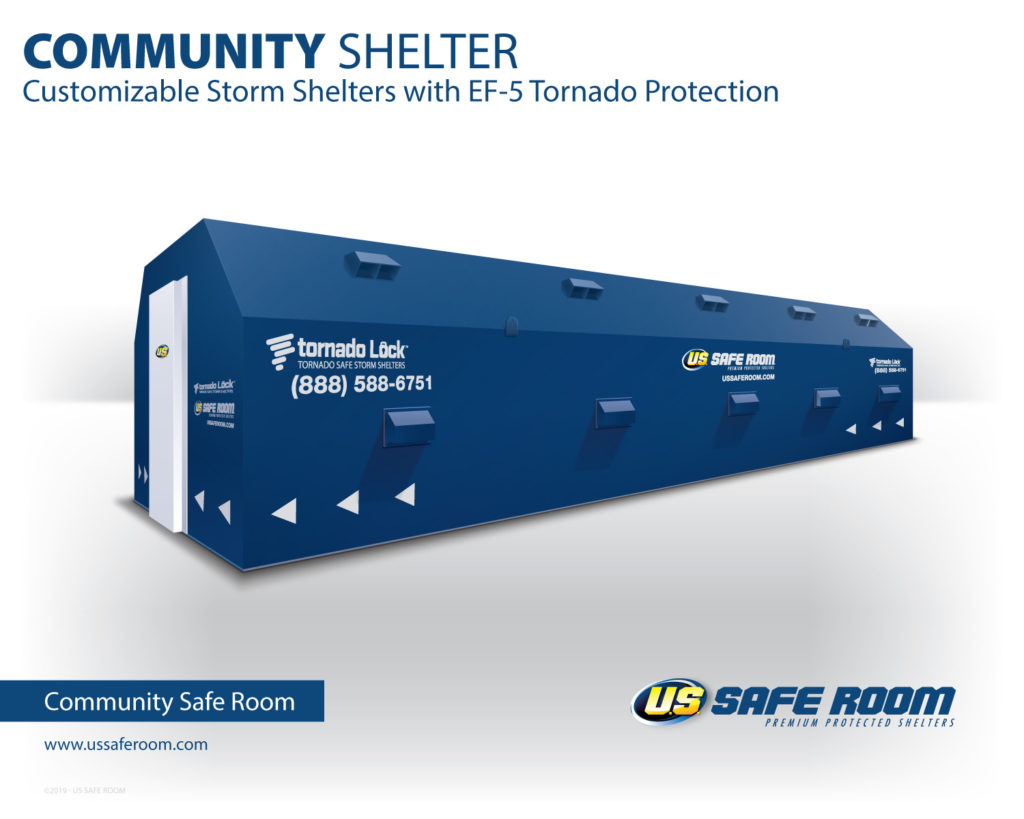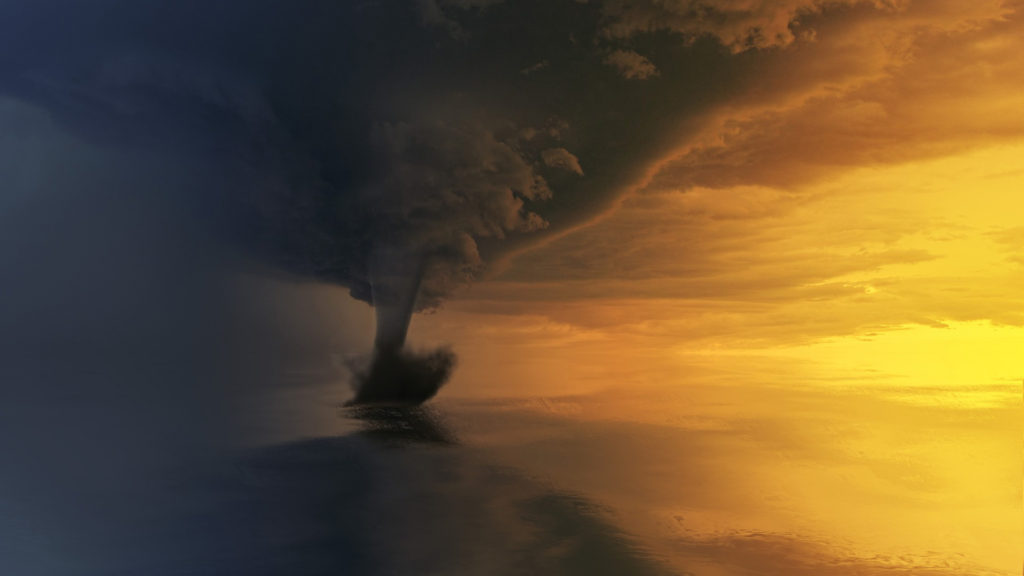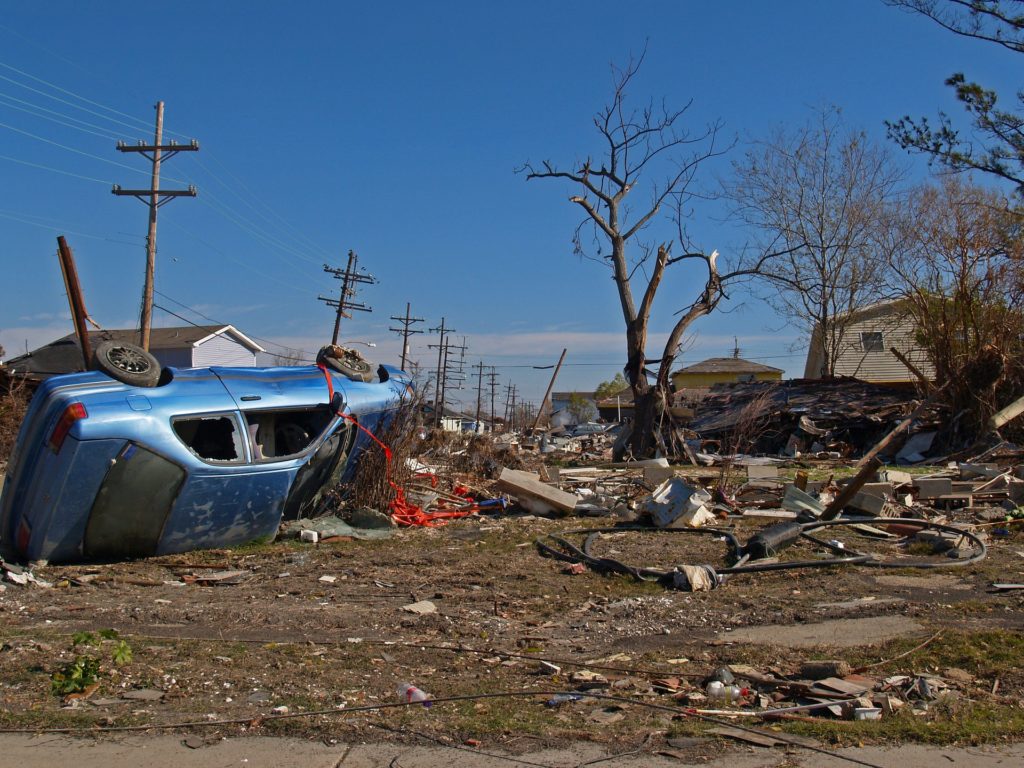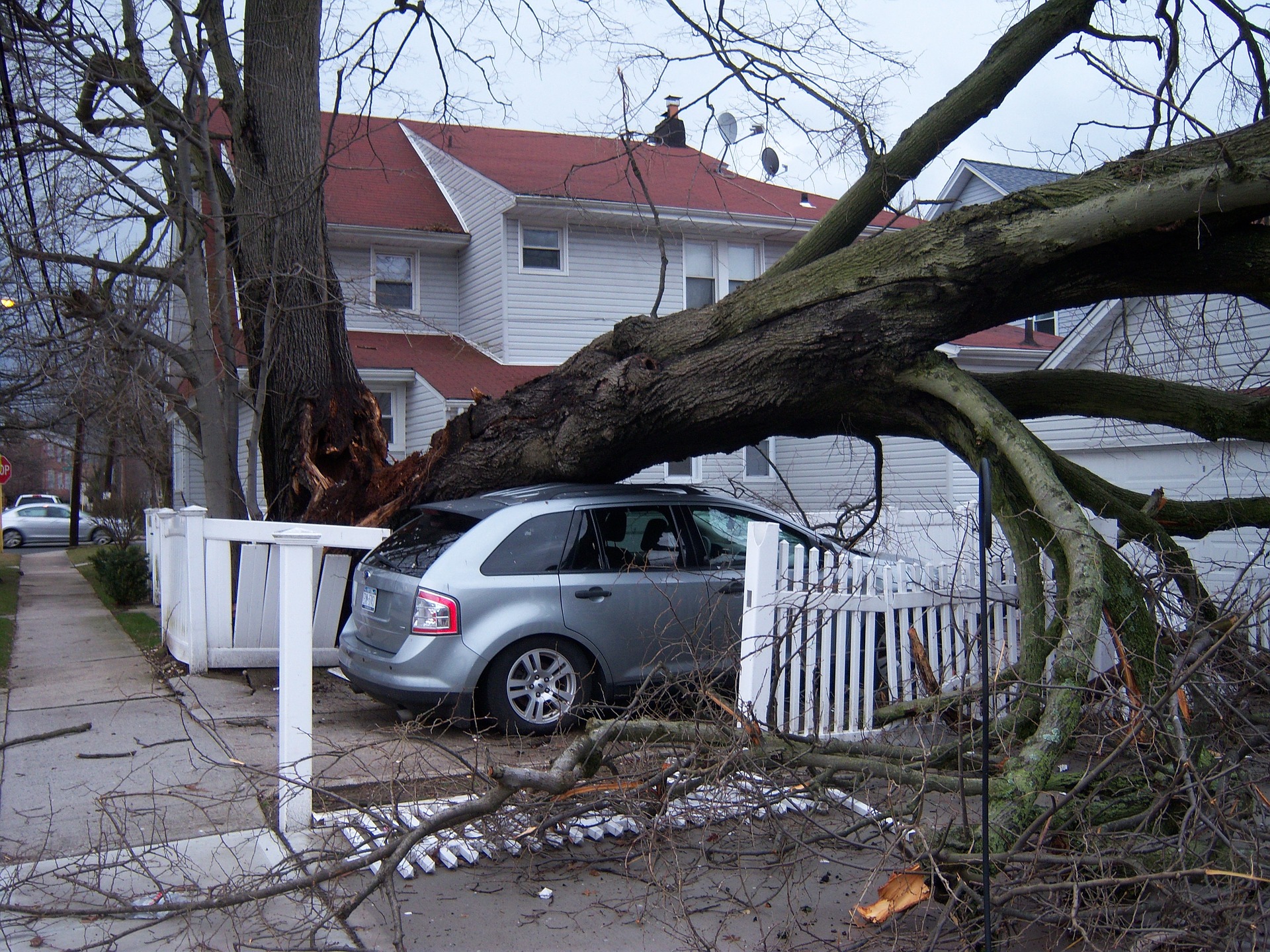For countless middle Tennessee residents, tornado season is fear season. With a severe lack of storm shelters plaguing cash-strapped communities, many of these storm weary residents go to sleep not knowing if they will wake up in the morning. Still reeling from the post traumatic stress of the March 2020 tornado that claimed 19 lives, Putnam County residents anxiously await the next line of severe storms, as they search for formidable protection to no avail. Living in a perpetual state of fear undermines a foreboding sense of calm and security that embodies the benefits of living in the First World. We all deserve the safety and security of a tornado shelter in storm stricken areas. Community storm shelters can provide optimal storm protection for families who can’t afford individual standalone shelters. By pulling together their resources, multiple families and community members can ensure storm protection for dozens of individuals, who would otherwise be forced to cast their lot to the unknown and the winds of change.

‘Tornado Alley’ is Shifting to the Southeast
After scouring over years of empirical data, meteorologists agree that ‘Tornado Alley’ is now shifting from the Midwest to the southeast. Mammoth twisters are touching down in Tennessee and Alabama more frequently with far graver consequences. Unlike the prairie states that provide ‘storm spotters’ the benefit of a seemingly endless horizons, the rolling hilly topography of the southeast allows tornadoes to literally sneak up on residents in the southeast in the dead of night. With little to know warning, these residents don’t stand a chance. While personalized tornado shelters are not possible for every family, community storm shelters can provide ample protection for large numbers of people. These shelters are great for schools, churches, community center and especially trailer parks, which are particularly vulnerable to killer storms. During the 2019 Alabama tornado, 19 of the 23 victims were killed in mobile homes.

FEMA Could Pay for Community Storm Shelters
By this point, we know what you are thinking. “A community storm shelter will still cost several of thousands of dollars, how can I get the rest of the neighborhood on board?” Truthfully speaking, we can all get a little uppity when it comes to talking about finances. In a world where we are all competing with the Joneses, no one wants to talk about personal finances. These collective ‘poker faces,’ however, relent when we mention government subsidization. For those who qualify, FEMA will reimburse the costs of a safe room or bunker for residents who live in storm prone areas. Through a federal Hazard Mitigation grant, residents can apply for shelter funding that will cover up to 75 percent of the shelter or up to $4,000. Local governments, tribes and emergency management entities are the recipients of the grants and distribute it as they see fit. In addition to the Hazard Mitigation grant, FEMA also distributes money through Community Block grants to construct tornado-safe shelters in manufactured home parks. To be eligible, the proposed shelter must be in a state where a tornado has occurred in the last three years.
“We get a lot of calls from people worrying about what they are going to do when the storms come late at night when they are asleep,” Emergency Management Director Tyler Smith explained.

NOAA records dating to 1950 show that tornado activity has increased in the Southeast since the late 1990s and that the trend—and death toll—has accelerated in recent years. Since January 2019, 99 of the nation’s 120 tornado-related deaths occurred in the Southeast, NOAA records show. That’s 83%.
Scary facts about twisters in the south
- The Southeast’s rolling hills and thick forests conceal tornadoes from spotters and the public.
- Most deadly tornadoes across at night, when victims are sound asleep in their beds.
- Few southern homes have basements, which makes unprotected residents particularly vulnerable to killer storms.
- Deaths in mobile homes are responsible for a disproportionately high amount of tornado fatalities. Unfortunately, trailers have become fact-of-life in economically depressed areas, such as the south. Community storm shelters could protect these residents.
- Someone in a mobile home is 15 to 20 times more likely to be killed during a tornado than someone in a home with a foundation. www.scientificamerican.com.







